Americans have a love affair with coffee. Every day the smell of coffee in the morning gets millions of people moving.
It’s a daily ritual that sets the tone for work, getting the kids ready for school, or finding our way to the gym for that early morning spin class. Whether you’re a seasoned coffee brewer or you’re new to home brewing, there are some important lessons to learn along the journey.
One of the most important lessons you’ll learn when making coffee is that coffee grounds should never go in the sink. Even if you have a garbage disposal, it’s a bad idea.
They should go in the trash instead. Pouring coffee grounds in the sink can ruin your garbage disposal and clog your drain.
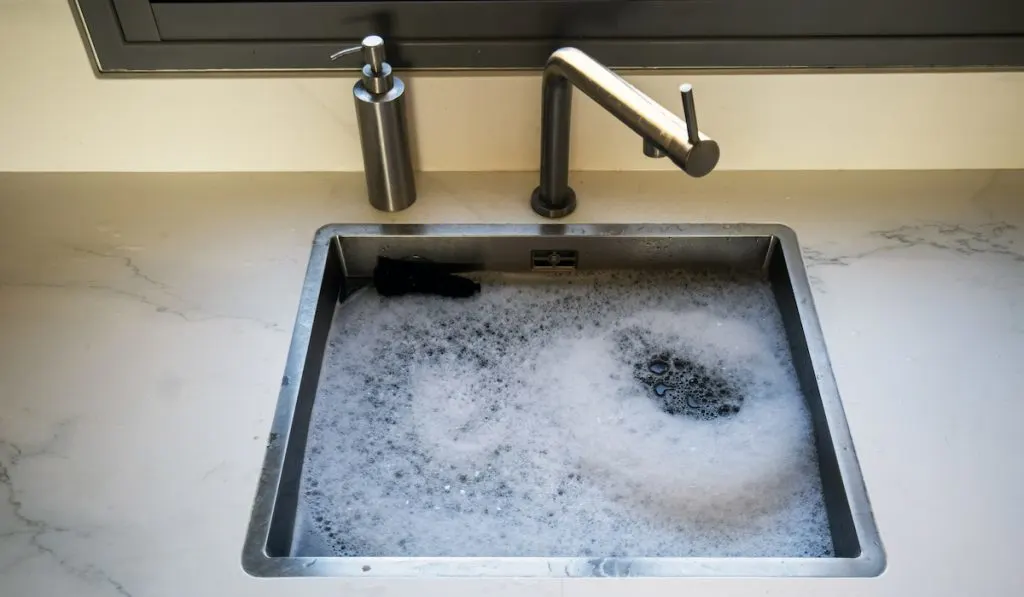
Having a clogged kitchen sink drain is no fun. Things can get smelly quickly and sitting water is never good.
You likely use your kitchen sink every day, so getting the drain moving again is very important. Never fear, though, because we’ve put together some steps you can use to finally get that drain unclogged.
Here are five steps you can try to get your sink drain unclogged.
Step 1 – The Trusty Plunger
You likely have a plunger laying around your home or apartment. Most people have used a plunger on a toilet once or twice in their lives. The concept with a kitchen sink drain is pretty much the same.
First, you’ll probably want to give your plunger a good clean before you use it on the kitchen sink. Be careful before you set it down on a kitchen counter or anything. To be safe, just put it directly into the sink.
Fill the sink with enough water to cover the plunger’s rubber cup at the end. You need the downward pressure of the water to become strong enough to clear what’s blocking the drain.
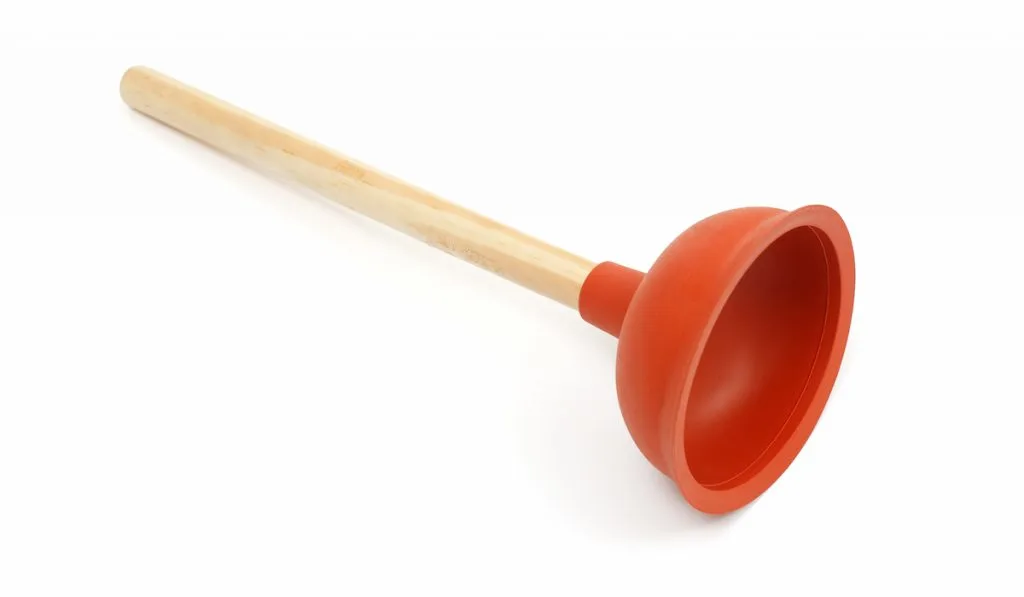
Position it over the drain and start pumping up and down. You have to make sure the rubber seal is up against the sink tightly to create the pressure needed to clear the clog. A plunger used correctly will clear most clogged sink drains.
Step 2 – Snake the Drain
Most people probably don’t have a drain snake at home. If you do, terrific! If not, however, you can find one at any local home improvement store.
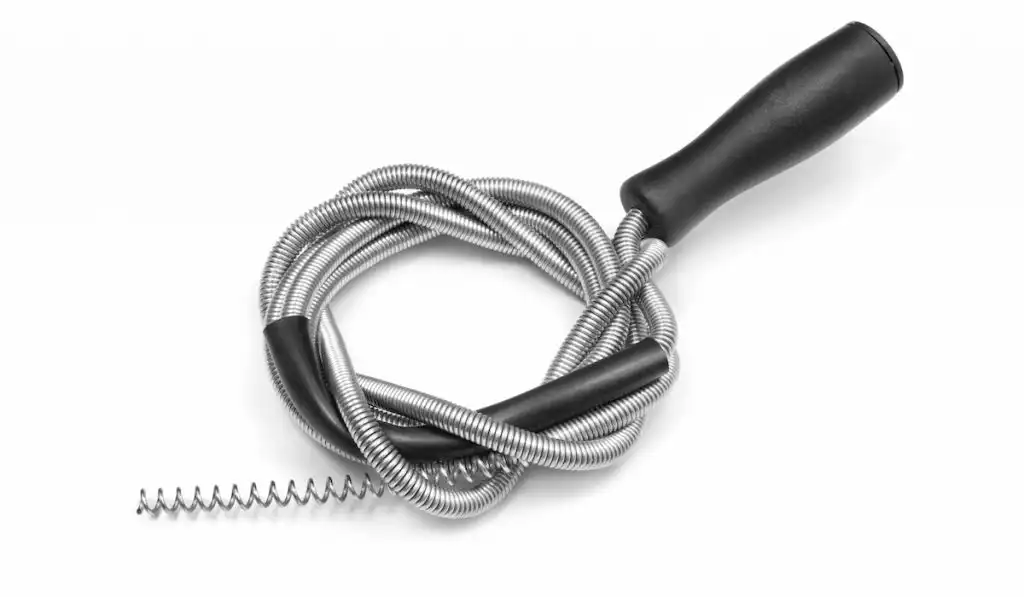
Essentially, a drain snake is a flexible metal band or pipe that feeds into the drain. At the head of the snake, some prongs push and claw at whatever is causing the cog.
You might want to put on some gloves as you use the snake because it’s going to get slimy. Your drain pipes are likely coated with grease and other residues from years of use. The snake’s going to get dirty as you feed it in and pull it out.
Most drain snakes have cranks on them that help you feed it further into the pipes than you could by hand. You’ll feel it once you reach the obstruction.
Just keep cranking until it gives. Test whether it’s clear by turning on the water and see what happens.
Step 3 – Try Pouring Hot Water Down the Drain
If your coffee grounds clog isn’t too bad, you could clear it up by pouring some hot water down the drain. The water has to be scalding hot to work, so boil some on the stove and be careful handling it as you move it from the stove to the sink.
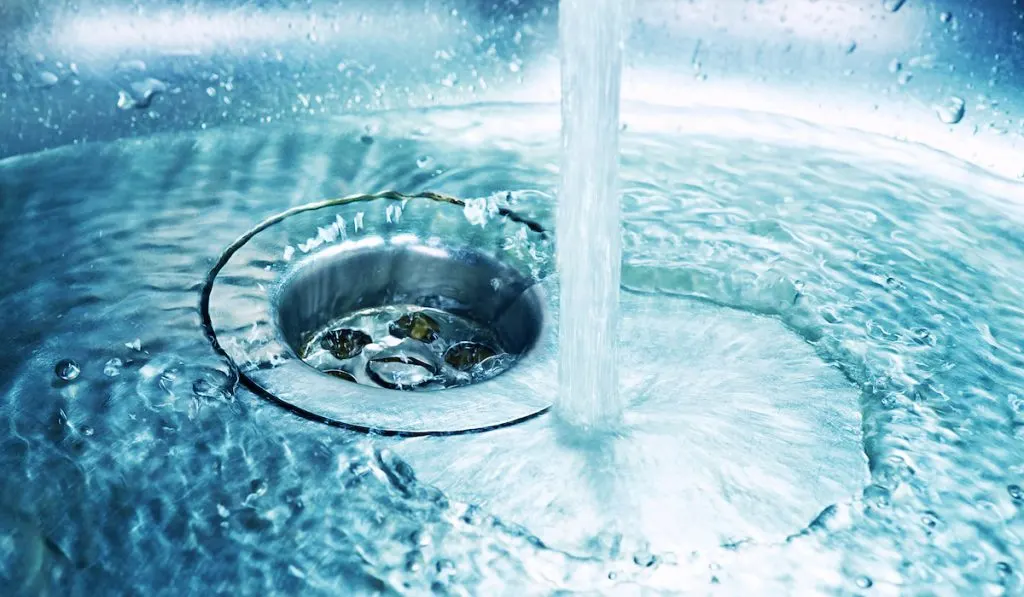
Give it a slow pour straight down into the drain to help the water stay as hot as possible once it reaches the coffee grounds. Give it a few rounds and see if it helps. If the coffee ground clog is more serious, though, you may have to do something more.
Step 4 – Take Apart the Drain Under the Sink
This is where a lot of home DIY plumbers get nervous. It’s fine using a plunger or a snake, but anxiety tends to spike anytime it’s time to take some pipes apart.
The plumbing under your sink isn’t all that complex. You do, though, have to turn off the water source before you start doing any work.
There is usually a knob attached to a silver pipe underneath your sink. That’s the water source. Turning it will switch off the water from the sink faucet. If your sink is off, it’s no big deal, but better safe than sorry.
Put on some gloves because things can get a bit dirty. Remove the coupling nuts—but first, remember what order they were installed in so you can put them back together properly. If they are too tight, break out the pliers or a wrench to help free them up.
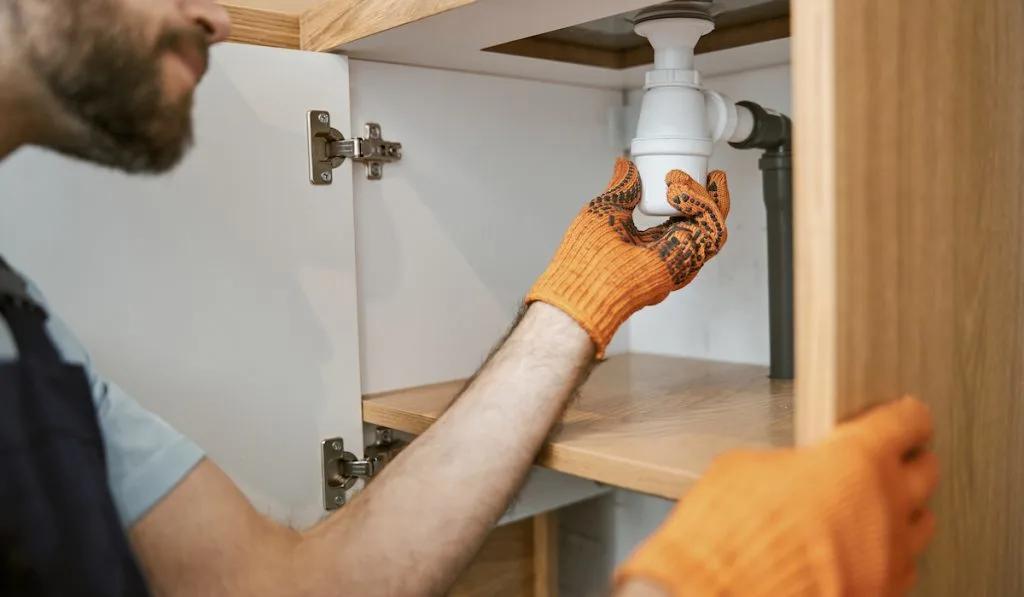
Clear the pipes, especially the curved portion called the p-trap from any coffee grounds, hair, and whatever else is in there. Reattach, turn the water back on, and see if it’s clear.
Turn the water on slowly, though, because if you haven’t screwed things back on tightly enough, you could spot a leak. Readjust until things are perfect.
Step 5 – Call a Plumber
In situations where you’re dealing with a serious clog, there may be no other option than to call a plumber. Having a good, professional plumber on hand can be a godsend.
They can get to you quickly with specialized tools and will know how to deal with something like a coffee ground clog without damaging your garbage disposal.
Do some research online before you start calling around to make sure you find a plumber with a good track record.
Hiring a plumber to clear your drain is going to be more expensive than buying a plunger or a drain snake, but if you don’t have time or you’re not inclined to DIY, then it’s the best route to go.
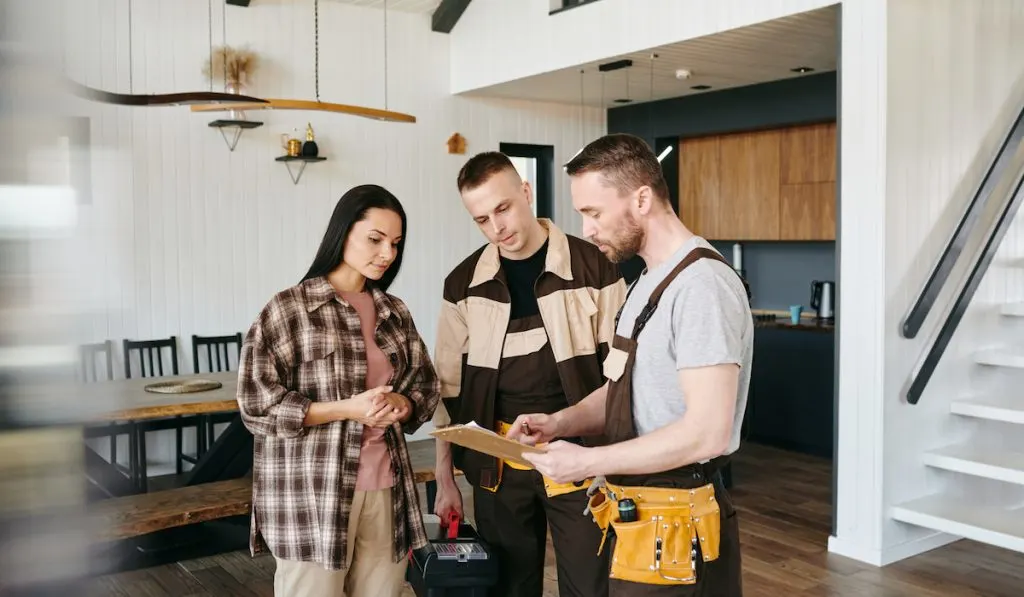
Any plumber worth their salt will clear a kitchen drain rather quickly and get your sink working again.
These are some things you can try to clear that clogged drain. For most people, one time is enough and they’ll remember to always throw away coffee grounds in the trash can going forward!
